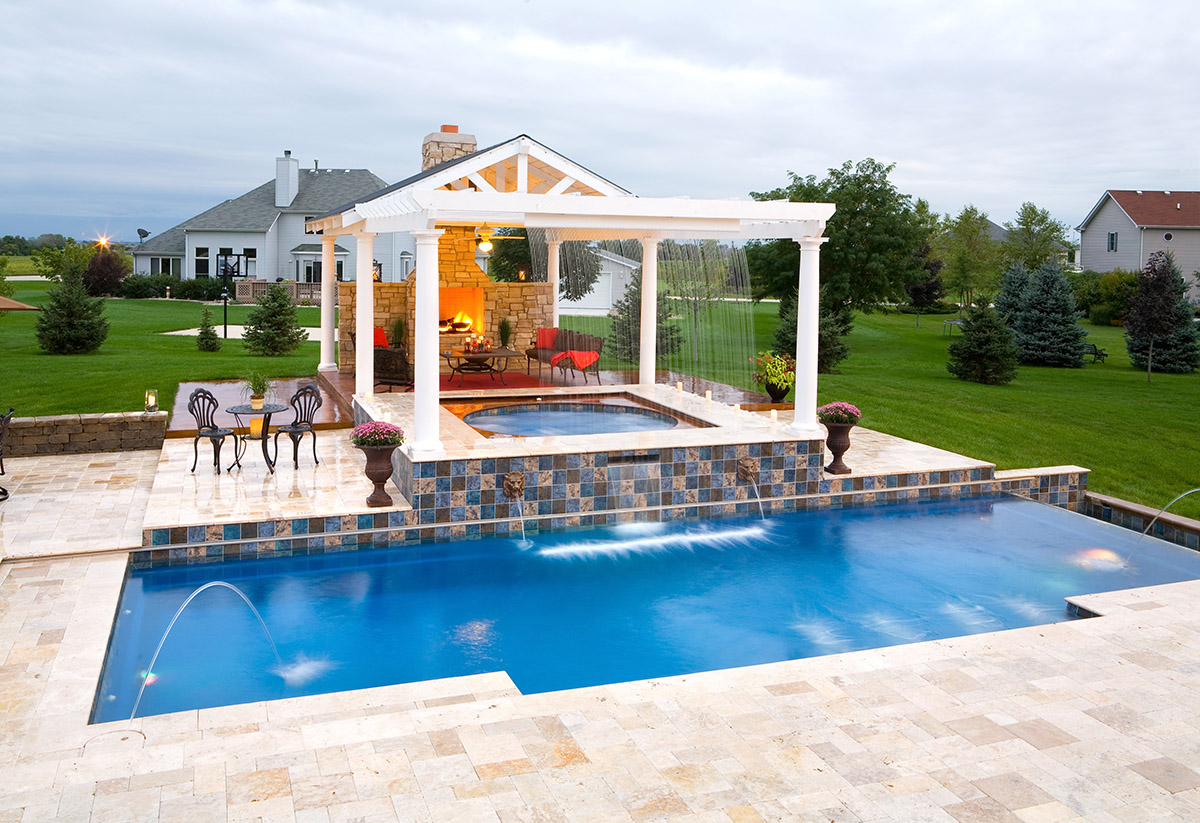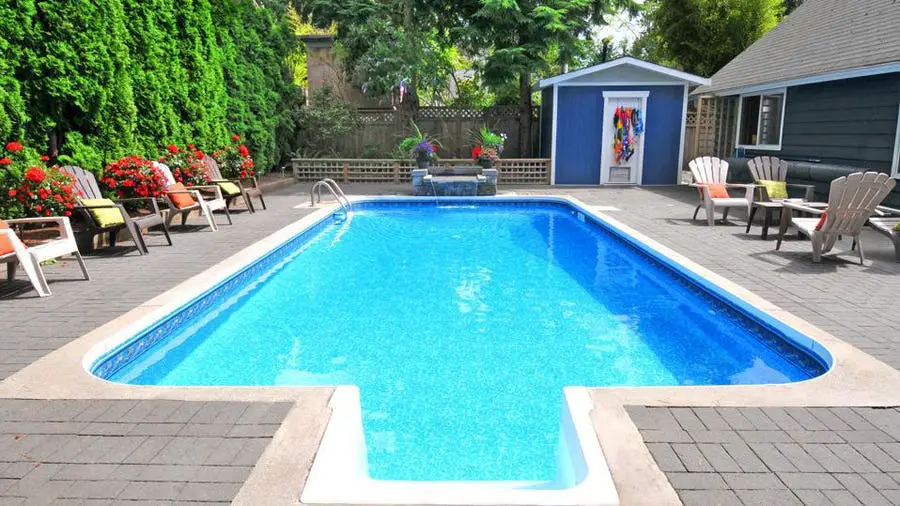Installing an underground pool is a significant investment, but the benefits of having your own private oasis can outweigh the costs. When considering the installation of an underground pool, the first question that comes to mind is, “How much does it cost?” The answer to that question varies depending on a range of factors, including the type of pool, materials, size, and additional features. Let’s dive into the details of the cost of installing an underground pool.
Factors Affecting the Cost
The cost of installing an underground pool can be influenced by numerous factors. These may include:
- Type of pool – concrete, fiberglass, or vinyl
- Size and depth of the pool
- Additional features such as water features, lighting, and heating
- Ground conditions and accessibility for construction
- Permitting, landscaping, and fencing requirements
- Engineering and design considerations
Each of these factors can contribute to the overall cost of the project, making it essential to understand the specific requirements for your underground pool installation.
Cost Breakdown
While the cost of installing an underground pool can vary significantly, here is a general breakdown of the potential expenses involved:
| Item | Cost Range |
| Pool Excavation | $5,000 – $15,000 |
| Pool Material and Installation | $20,000 – $60,000 |
| Additional Features | $5,000 – $20,000 |
| Permitting and Engineering | $2,000 – $8,000 |
| Landscaping and Fencing | $3,000 – $10,000 |
These figures are approximate and can fluctuate based on individual project requirements and location. It’s crucial to obtain detailed quotes from reputable pool contractors to get an accurate understanding of the costs involved for your specific installation.

Credit: homeguide.com
Types of Underground Pools
There are three primary types of underground pools: concrete, fiberglass, and vinyl. Each type comes with its own cost considerations:
- Concrete pools: Although more expensive to install initially, concrete pools offer customization options and durability over time.
- Fiberglass pools: These are typically quicker to install and require less maintenance, but the upfront cost may be higher than vinyl.
- Vinyl pools: The most affordable option initially, but they may require liner replacements over time, adding to the long-term cost.
Understanding the pros and cons of each type of pool can aid in making an informed decision while considering the initial investment and long-term expenses.

Credit: leisurepoolsusa.com
Long-term Costs and Considerations
When evaluating the cost of an underground pool, it’s essential to look beyond the initial installation expenses. There are ongoing costs and maintenance considerations to keep in mind:
- Utilities: Heating, filtration, and lighting can contribute to ongoing operational costs.
- Maintenance: Regular cleaning, chemical balancing, and potential repairs are ongoing expenses to factor in.
- Resale value: A well-maintained pool can add significant value to your property, affecting its long-term worth.
Considering these long-term costs can provide a comprehensive view of the investment involved in installing an underground pool.
Conclusion
While the cost of installing an underground pool can vary based on multiple factors, it’s clear that it represents a significant financial commitment. Understanding the potential expenses involved, from the initial installation to ongoing maintenance, is crucial in making an informed decision about whether an underground pool is the right choice for your property. By obtaining detailed quotes and considering long-term costs, you can ensure that the investment aligns with your budget and lifestyle, ultimately bringing years of enjoyment and relaxation.





